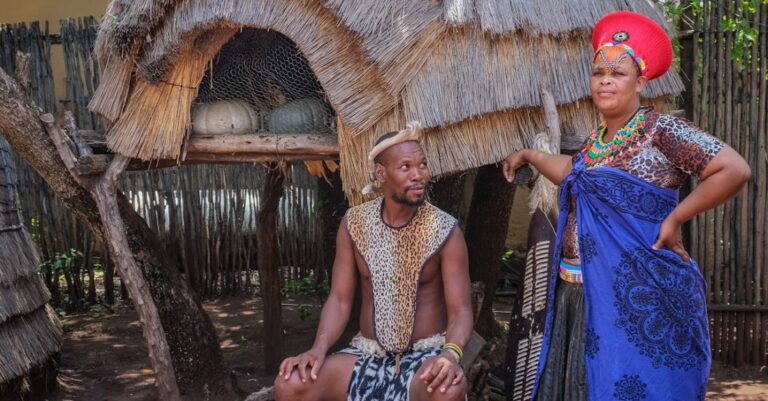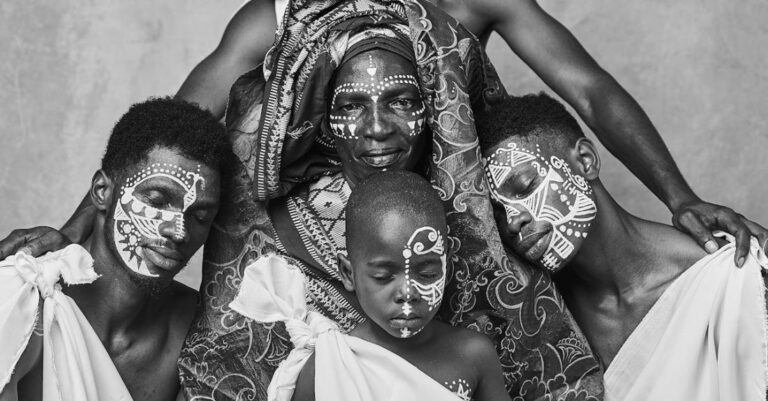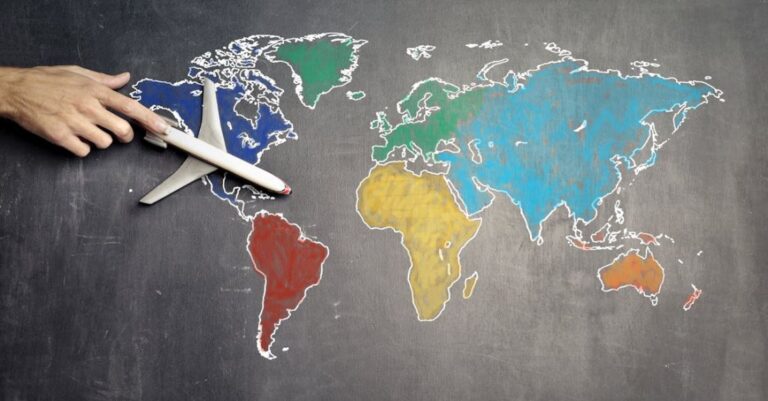
Art and music are essential components of society that have the power to shape societal values by influencing people’s thoughts, emotions, and behaviors. These creative expressions serve as mirrors reflecting the beliefs, norms, and aspirations of a community, playing a significant role in shaping cultural identity and social cohesion. The interplay between art, music, and societal values is intricate and profound, with each influencing the other in a continuous cycle of inspiration and reflection. By delving into the ways in which art and music impact societal values, we can gain a deeper understanding of the profound influence these forms of expression have on our lives.
**Cultural Reflection and Expression**
Art and music act as vehicles for cultural reflection and expression, capturing the essence of a society at a particular point in time. Artists and musicians draw inspiration from their surroundings, incorporating elements of their culture, history, and experiences into their creations. Through their work, they communicate complex ideas and emotions, providing insights into the values, beliefs, and concerns of their communities. In this way, art and music serve as cultural artifacts that preserve and transmit societal values across generations, fostering a sense of continuity and connection with the past.
**Challenging Norms and Provoking Thought**
While art and music often reflect prevailing societal values, they also have the power to challenge norms and provoke thought by presenting alternative perspectives and pushing boundaries. Artists and musicians may use their platforms to address social issues, advocate for change, and critique existing power structures. By disrupting the status quo and prompting viewers and listeners to question their assumptions, art and music can spark important conversations and inspire individuals to reconsider their beliefs and values. Through their ability to provoke thought and evoke emotional responses, art and music play a vital role in shaping public discourse and fostering social change.
**Fostering Empathy and Understanding**
Art and music have a unique ability to foster empathy and understanding by providing a window into the lived experiences of others. Through storytelling, visual imagery, and musical composition, artists and musicians can evoke emotions and create connections that transcend cultural, linguistic, and social barriers. By experiencing art and music from different perspectives, individuals can develop a greater appreciation for diverse worldviews and gain insight into the shared humanity that unites us all. This cultivation of empathy and understanding is essential for building inclusive and harmonious societies based on mutual respect and cooperation.
**Inspiring Creativity and Innovation**
Art and music inspire creativity and innovation by encouraging individuals to explore new ideas, experiment with different forms of expression, and think outside the box. Creative endeavors in the arts and music often push the boundaries of what is possible, leading to breakthroughs in technology, science, and other fields. By fostering a culture of creativity and imagination, art and music contribute to the development of innovative solutions to complex problems and drive progress in society. The freedom of expression inherent in art and music provides a platform for bold experimentation and visionary thinking, fueling a culture of innovation that benefits all aspects of societal life.
**Celebrating Diversity and Unity**
Art and music celebrate the diversity of human experience while also highlighting the common threads that connect us as a global community. Through the exploration of different cultural traditions, artistic styles, and musical genres, individuals can gain a deeper appreciation for the richness and complexity of the world we inhabit. By embracing diversity and promoting cross-cultural exchange, art and music foster a sense of unity that transcends geographical boundaries and fosters a shared sense of humanity. This celebration of diversity and unity serves to promote tolerance, respect, and mutual understanding, laying the foundation for a more inclusive and harmonious society.
**Influence on Future Generations**
Art and music have a lasting impact on future generations by shaping the cultural landscape and influencing the values and beliefs of successive cohorts. The works of art and music created today will serve as a legacy for future generations, providing insights into the hopes, fears, and aspirations of our time. By exposing young people to a diverse range of artistic and musical experiences, we can instill in them a sense of appreciation for the power of creative expression and the importance of preserving cultural heritage. Through education and exposure to art and music, we can cultivate a new generation of artists, musicians, and cultural ambassadors who will continue to enrich and shape societal values in the years to come.
**In Summary**
Art and music play a central role in shaping societal values by reflecting cultural identity, challenging norms, fostering empathy, inspiring creativity, celebrating diversity, and influencing future generations. These creative expressions serve as powerful tools for communication, connection, and transformation, offering profound insights into the human experience and the world we inhabit. By recognizing the ways in which art and music influence our values and beliefs, we can harness their potential to create a more inclusive, empathetic, and harmonious society that celebrates the richness and diversity of human creativity.





